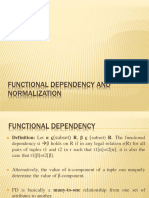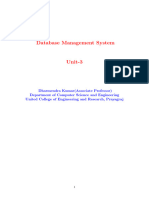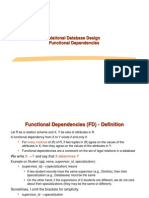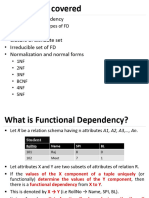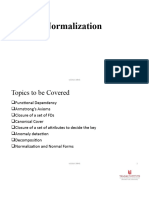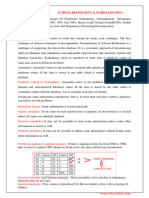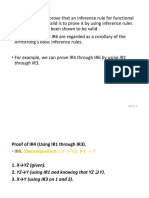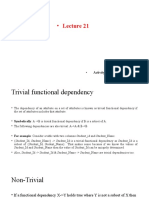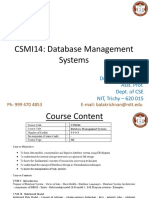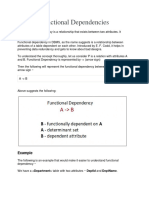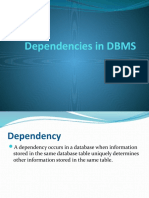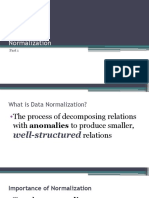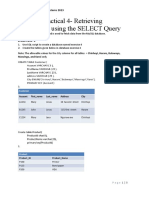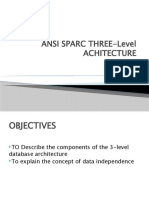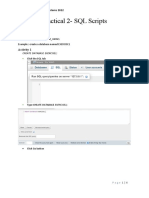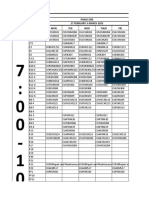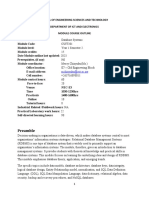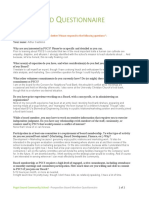0% found this document useful (0 votes)
136 views39 pagesRules of Functional Dependencies PDF
The document discusses closure of functional dependencies (FDs), Armstrong's axioms, and how they are used to determine the closure of FDs. Armstrong's axioms are a set of rules that can be applied repeatedly to generate the closure of FDs from a given set of FDs. The closure of a set of FDs F, denoted F+, is the set of all FDs that are logically implied by F. Armstrong's axioms are sound and complete for determining the closure.
Uploaded by
crybert zinyamaCopyright
© © All Rights Reserved
We take content rights seriously. If you suspect this is your content, claim it here.
Available Formats
Download as PDF, TXT or read online on Scribd
0% found this document useful (0 votes)
136 views39 pagesRules of Functional Dependencies PDF
The document discusses closure of functional dependencies (FDs), Armstrong's axioms, and how they are used to determine the closure of FDs. Armstrong's axioms are a set of rules that can be applied repeatedly to generate the closure of FDs from a given set of FDs. The closure of a set of FDs F, denoted F+, is the set of all FDs that are logically implied by F. Armstrong's axioms are sound and complete for determining the closure.
Uploaded by
crybert zinyamaCopyright
© © All Rights Reserved
We take content rights seriously. If you suspect this is your content, claim it here.
Available Formats
Download as PDF, TXT or read online on Scribd
/ 39





